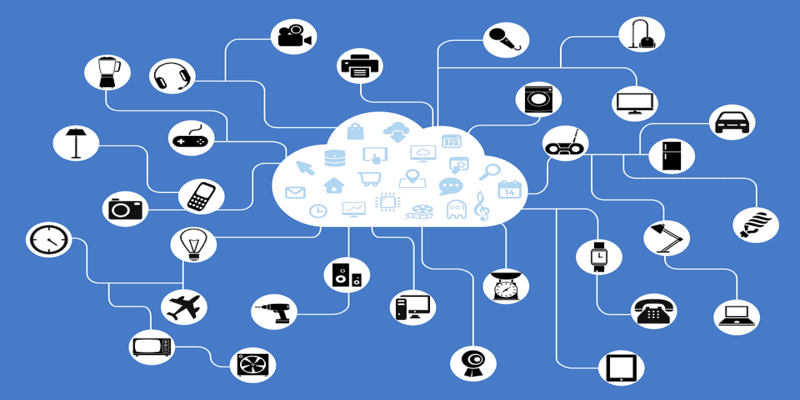Combining ERP with the IoT for Powerful Manufacturing


Enterprise Resource Planning (ERP) systems have been around for years and years, spitting out and consuming important data on a range of functions from the production-floor to the finance office. With the rise of the Internet of Things (IoT), however, we are seeing an entire new frontier open up before our eyes.
Widget not in any sidebars
IoT refers to the network of physical devices, from vehicles to home appliances and anything else that has sensors, electronics or software embedded in them, and a connectivity which enables such objects to collect and share data. Gartner defines it as the network of physical objects that contain embedded technology to communicate and sense or interact with their internal states or the external environment.
Today, the IoT is transforming business models as we know it, adding a level of digital intelligence to the devices workers use on an everyday basis. From simply manufacturing and pushing products out the door, to becoming highly engaged service providers – the IoT has a profound impact on ERP systems and how manufacturers are accomplishing their day-to-day activities.
The IoT has the ability to expand data availability so manufacturers always have real-time information accessible to them with a touch of a button. IoT is also able to improve data accuracy while bringing a greater amount of transparency throughout the organization. What this means for manufacturing companies is easy access to business intelligence, which can have significant impact on forecasting, inventory control, and even customer service.
By collecting, analyzing and processing data from “things,” companies will be able to offer their customers new services. Because manufacturers would normally lose sight of a product after shipping it out, for instance, IoT capabilities give them the ability to monitor each product so they can then better advise customers about when they should expect to receive it and offer additional services.
In the case of forecasting and inventory control, the IoT has a transformative effect on both. By allowing point-of-sale inventory levels to be shared directly to the shop floor, the IoT can give manufacturing companies a more profitable make-to-order model instead of the forecast-driven model. This applies to replenishment of inventory stored as well.
Not only that, but the IoT gives manufacturers a peace of mind knowing that the data is always up-to-date and relevant for better informed decision-making. While many ERP systems today are already in the process of adapting to new technologies, such as mobility and the cloud, the IoT is the next big movement in ERP tech.
Adding more sensors and access to greater controls (combining ERP and the IoT) can put organizations on the road to creating their own ‘”operations autopilot,” allowing manufacturers to focus on high-priority tasks.
Since the main goal of an ERP system is to provide actionable data to enterprise leaders, adding the IoT to it not only streamlines these functions, but gives the ERP system the potential to initiate digital transformation initiatives company-wide. In fact, a recent IFS study found that a lack of integration between the IoT and ERP systems negatively impact the readiness of North American industrial companies in their digital transformation.
Knowing this, organizations should begin developing ERP solutions that are leveraging the rich capabilities of the IoT.
Looking for more? Download our ERP Buyer’s Guide for free to compare the top 24 ERP software vendors head to head! The guide also includes 4 key capabilities to consider while selecting a new ERP solution and 10 questions to ask yourself and the software vendor before purchasing.
And don’t forget to follow us on Twitter, Facebook and LinkedIn for all the latest in the ERP space!

























